Cats are famously mysterious, but those meows, purrs, chirps, and growls—hold clues about their emotions, needs, and desires. While every cat is unique, learning the subtle language behind their sounds can bring you closer to understanding what they’re truly trying to communicate. Here’s a guide to interpreting those feline vocalizations and gaining insight into the inner workings of your cat’s mind.
1. High-Pitched Meows Signal Excitement
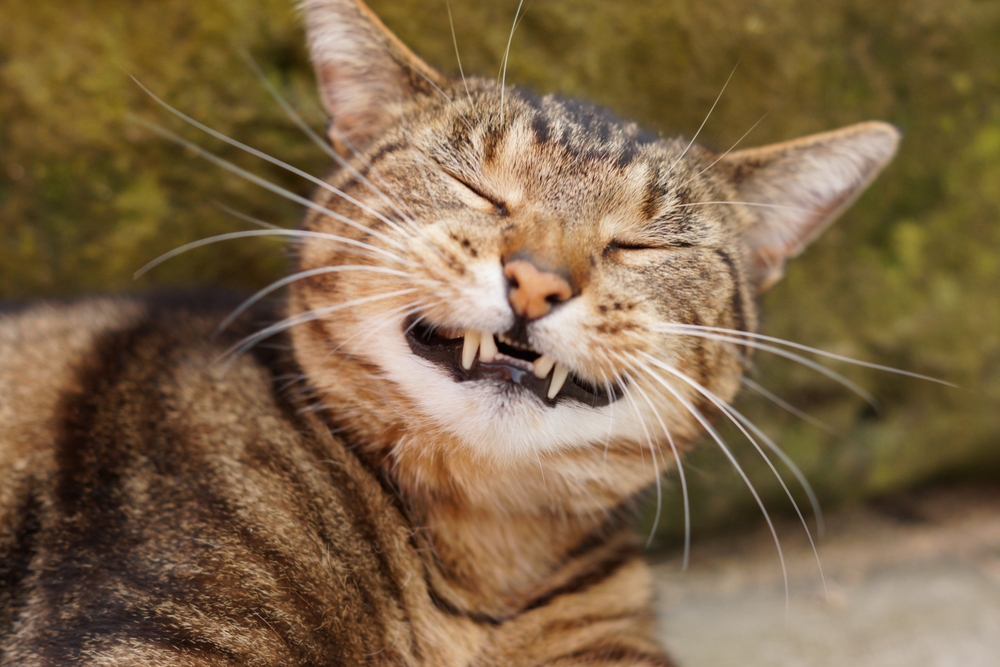
When your cat greets you with a high-pitched meow, it’s likely a friendly “hello” or a show of excitement. Cats often use these cheerful sounds when they’re pleased to see you, especially after some time apart. Responding with gentle attention can strengthen your bond. These meows usually indicate positive anticipation, like when they’re ready for food, play, or even just a cozy lap to settle on.
2. Low-Pitched Meows Express Displeasure
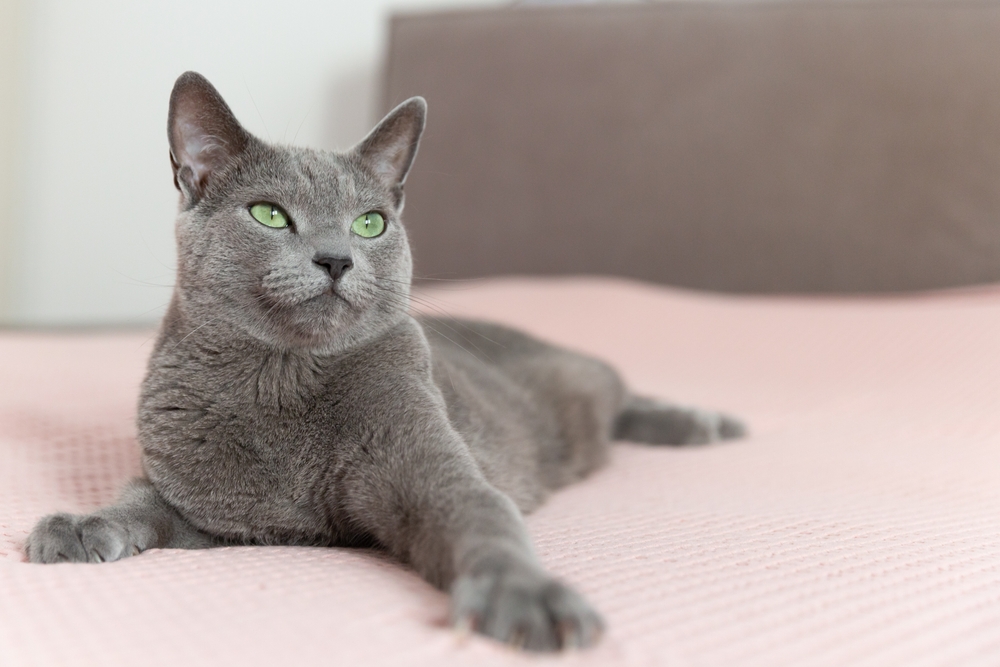
A low-pitched, almost grumbling meow usually signals annoyance or displeasure. You might hear this if you’re late with dinner, if they’re not in the mood for cuddles, or if something in their environment isn’t to their liking. This deeper vocalization suggests they’re a bit fed up. Respecting their boundaries and adjusting where possible can help ease their irritation—and keep the peace in your home.
3. Purring is a Sign of Contentment (and Sometimes Pain)
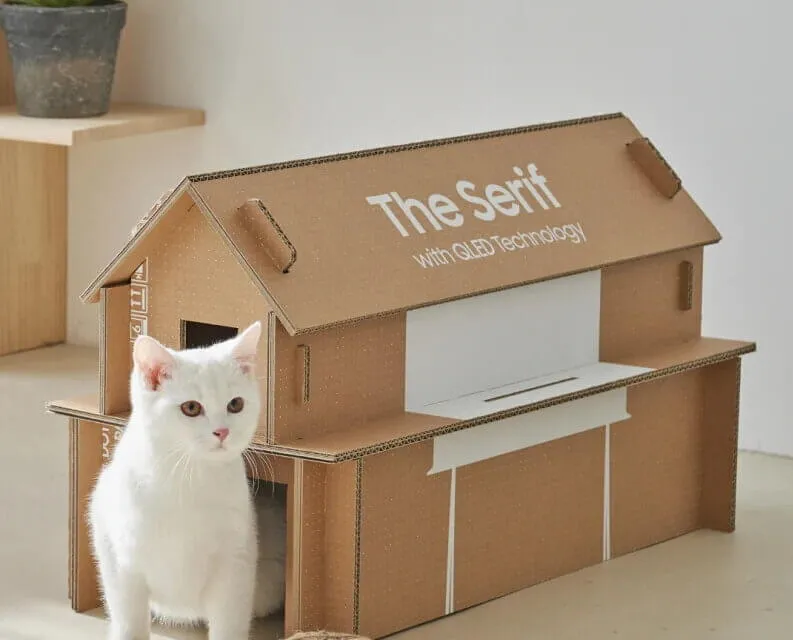
The gentle hum of a purr is often a cat’s way of saying they’re happy and relaxed, usually while curled up on your lap or beside you. But not all purrs indicate joy; some cats purr when they’re in discomfort as a form of self-soothing. Take note of the context and their body language—content purring often comes with a relaxed posture, while purring paired with tenseness or hiding may signal stress.
4. Chirping is to Mimic Prey (aka Birds)
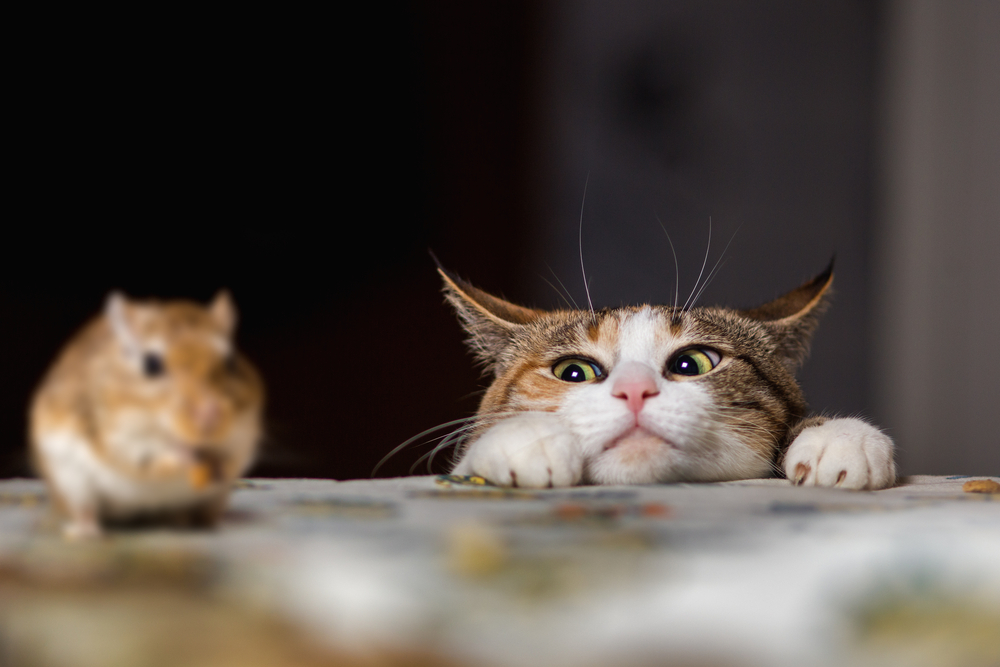
That quick “chirp” or “chatter” sound usually indicates that they’ve spotted potential prey, like birds outside a window. Chirping is a cat’s way of mimicking the sounds of small animals as if they’re preparing for the hunt. Watching their fascination with the world outside provides a glimpse into their instincts, reminding us of their wild roots.
5. Trilling is a Request to Play
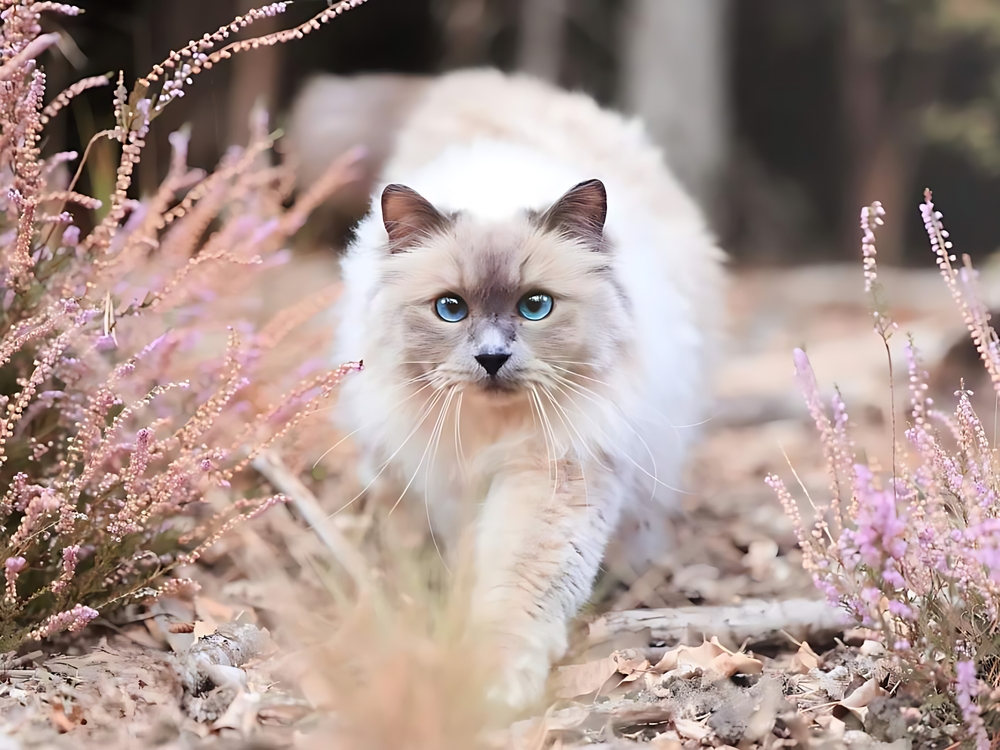
A light, rolling trill sound is often your cat’s way of initiating contact. Whether they’re saying, “Follow me!” or “Pet me!” a trill usually signals friendliness and a desire to interact. Cats will often trill when they want you to move with them, so pay attention to what they do next—they’re likely leading you somewhere, like toward their food bowl or favorite nap spot.
6. Long, Loud Meows are Attention-Seeking
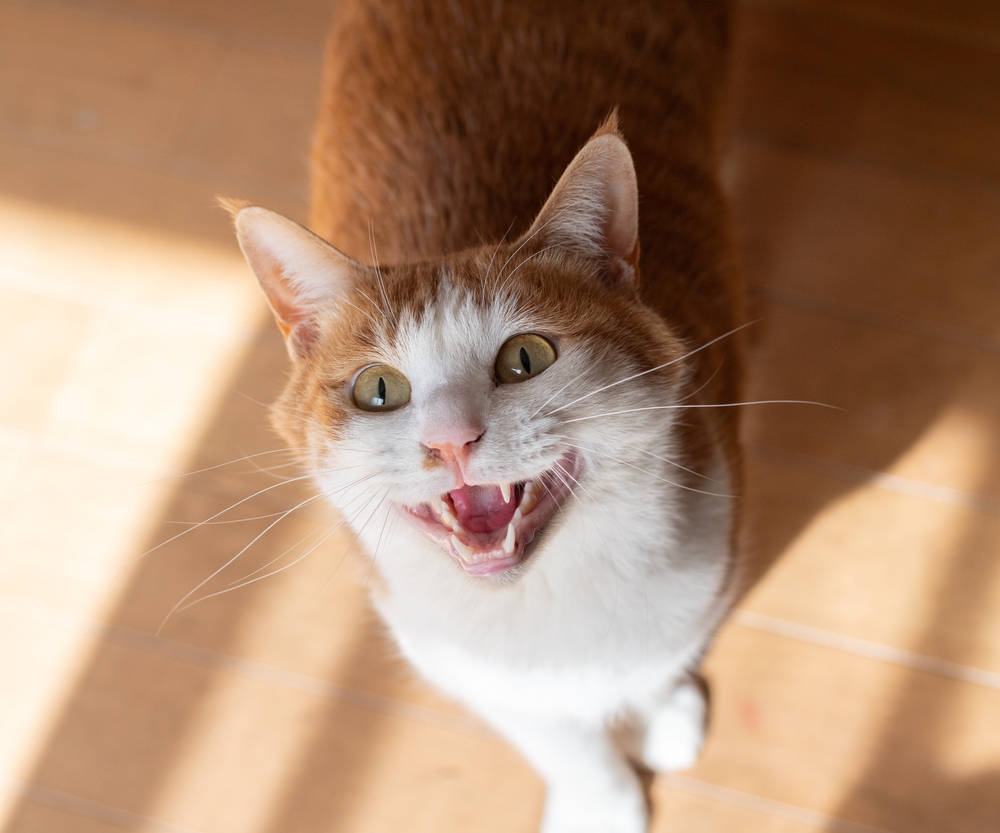
When your cat belts out a long, loud meow, they aim to get your attention quickly. This insistent vocalization is often heard when they’re hungry or seeking playtime and expect you to respond quickly. If these dramatic meows become excessive, it might be their way of saying they need more stimulation or companionship. Responding with play or gentle affection can make them feel seen and reduce the need for loud demands.
7. Growling is a Clear Warning

A cat’s growl is a clear, unambiguous “back off!” signal, and it’s best not to ignore it. Growling often occurs when a cat feels threatened or is guarding their territory. If you hear a growl, give them space and reassess any potential stressors, like new pets or unfamiliar visitors. Recognizing and respecting these cues keeps you and your cat comfortable and stress-free.
8. Yowling is a Signal of Discomfort or Distress
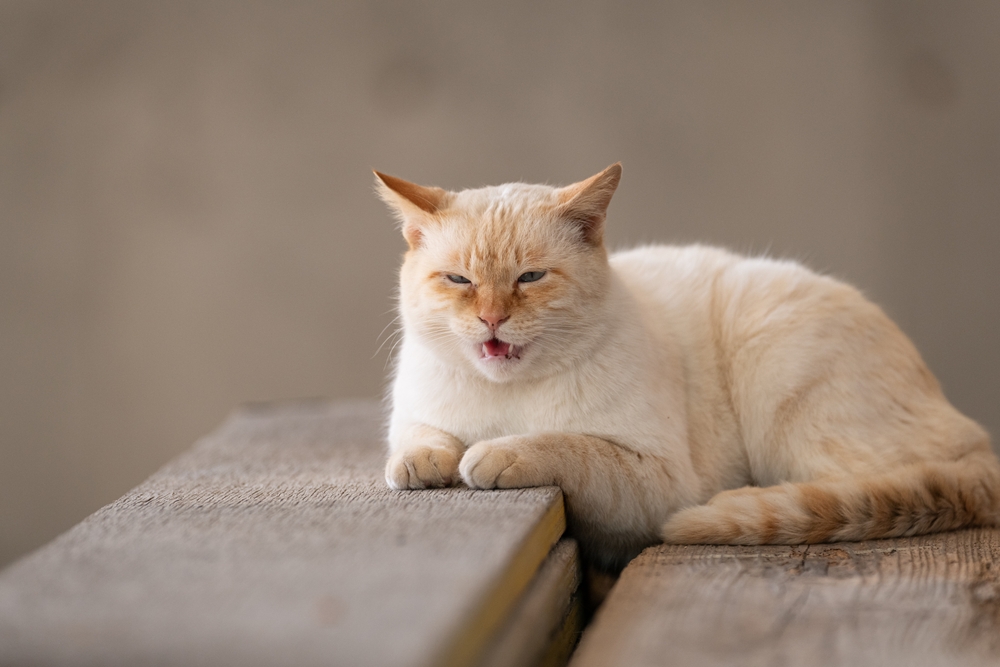
A yowl is typically a sign of discomfort, loneliness, or confusion. Older cats, in particular, might yowl if they feel lost or disoriented. This haunting sound is often much louder and more prolonged than a meow. If your cat’s yowling becomes frequent, especially at odd hours, consider whether they’re experiencing distress or health issues—sometimes, a vet checkup can help identify underlying concerns.
9. Hissing is to Show Fear
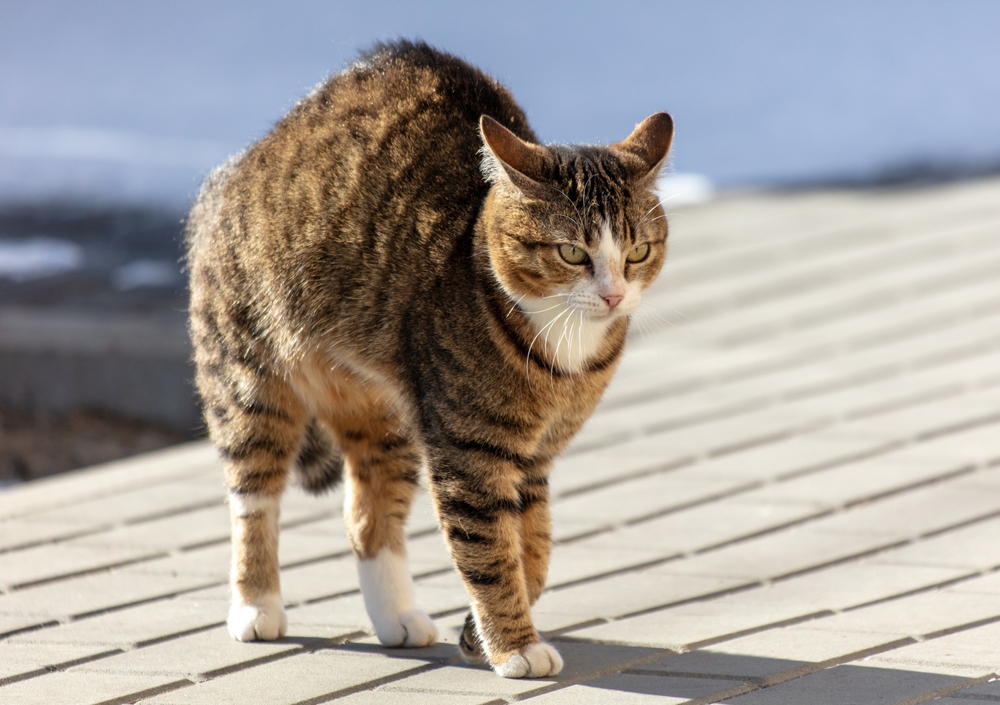
Hissing is one of the most recognizable cat sounds, signaling fear or defensiveness. If your cat is hissing, they feel threatened or want to establish a boundary. They may hiss in response to a new environment, another pet, or a perceived danger. By giving them space and a safe spot to retreat to, you can help ease their nerves and prevent escalated stress.
10. Silent Meows are to Charm You
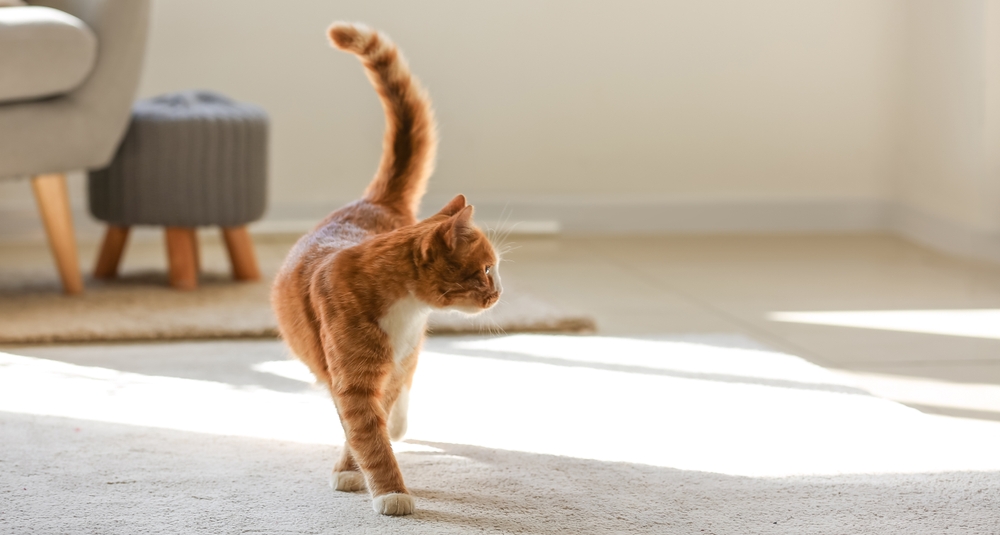
When your cat gives you a “silent meow” where they open their mouth without making a sound, they’re trying to charm you. It’s as if they’re saying, “I’m too cute to ignore.” This endearing behavior is typically used to get your attention or subtly request something. Many owners find the silent meow irresistibly cute—and rewarding it with attention can strengthen the bond between you and your feline.
